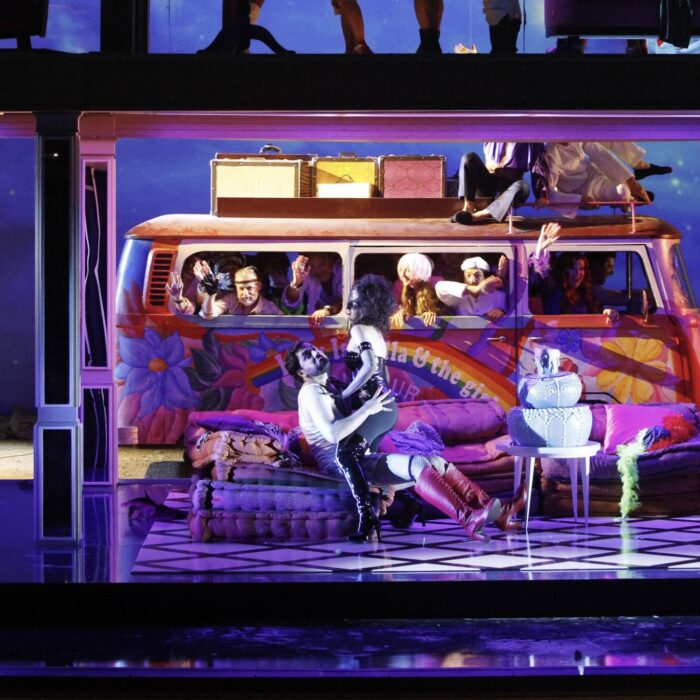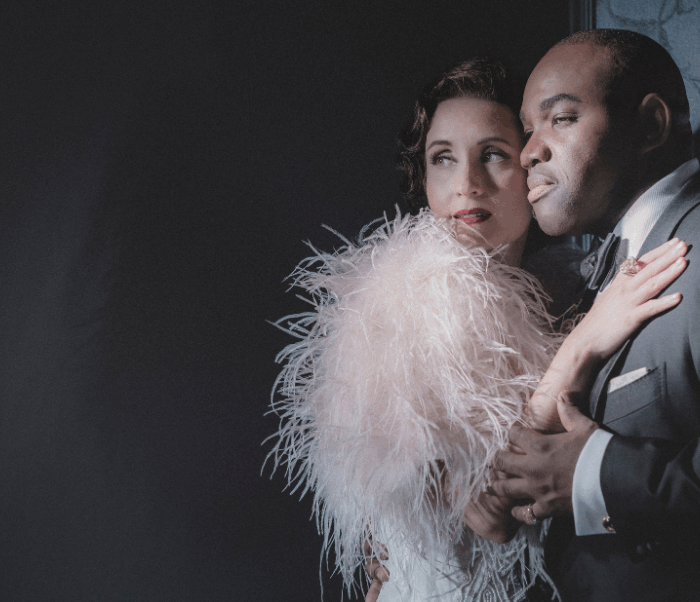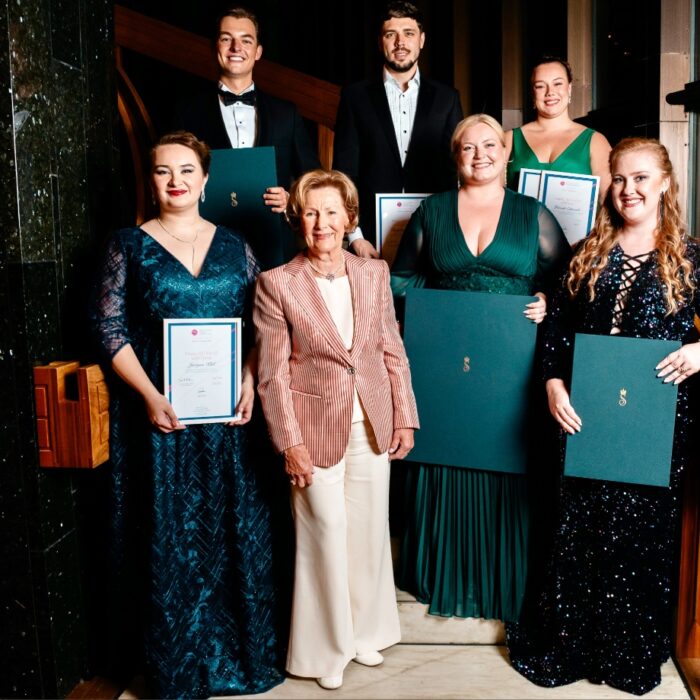
Irish National Opera 2021 Review: A Thing I Cannot Name
Amanda Feery’s First Opera Is Given A Strong Presentation
By Alan NeilsonFollowing its successful “20 Shots of Opera,” which streamed to widespread acclaim, Irish National Opera has created “A Thing I Cannot Name,” a newly filmed opera, which it recently premiered at the West Cork Literary Festival. With a running time of approximately 20 minutes, it builds upon the company’s experience of presenting short new works through the medium of film, and which audiences can access via the internet. Although double the length of any of the works contained in “20 Shots of Opera” it still contains the same degree of intimacy, intensity and clarity, with its sharply focused narrative and imaginative direction.
Written by composer Amanda Feery to a libretto by Megan Nolan “A Thing I Cannot Name” is, if defined in its broadest sense, a feminist work. Not only are both its writers women, but so too, are the director and the cast. Its narrative focuses on three women and their obsessions and desires, in which their psychology, and their relationship to their own bodies is explored. The perspective is exclusively female, men have no voice. Yet, this is not a work aiming to cross swords with the patriarchy or to exclude men.
On the contrary, it is work which should be of interest to women and men alike, shining a light, as it does, into the female mind. Also, obsession is not an exclusively female phenomenon, there is much in common to both sexes when obsession takes hold.
Three Women, Three Obsessions
Three women, with three different obsessions, who do not know each other, are connected by an apartment in which they have all lived at one stage during their lives. There is Rebecca, a young 19-year-old woman who obsesses about her unrequited love for an older woman. There is the more mature, 28-year-old, Jean who is consumed by her obsession for her partner’s ex-lover, and finally, there is Catherine, who is 36-years-old and desperate for a baby in order to escape her loneliness.
Nolan’s libretto is direct, insightful and hard-hitting, in which her references to the women’s bodies connects directly to the physical dimension of their desires and obsessions. Generally, Nolan presents their thoughts without any poetical softening of the text, thereby capturing the extreme and intense nature of their emotions, which she never allows to descend into cliché or lazy stereotypical phrasing. In the opening scene, however, she does use a well-placed metaphor which beautifully encapsulates the mindset of the three women, their voices combining to sing “How long the ashes gather, I have wished them to ignite.”
Feery eschewed any idea of using traditional forms, such as arias, and instead opted to use the music to highlight the text and to give form to the women’s emotions. Although employing only a small ensemble comprising violin, flute, double bass, electric guitar and percussion, Feery managed to produce an imaginative score with an interesting and wide-ranging array of textures. Dark brooding passages were successfully contrasted with more anxious, intense outpourings, and gave the music an engaging momentum. Her writing for the voice was nicely crafted and successfully brought out the depth of the women’s obsessions, anxieties and emotional turmoil. In particular, her decision to combine the singers in small ensemble passages displayed considerable dramatic and musical sensitivity, in which the overlay of their voices along with echoing effects highlighted their connection to each other, as well as their collective disconnection to the outside world.
Three Good Singing Performances
The role of Rebecca was parted by Kelli-Ann Masterson. Having reviewed her performances on a number of occasions in which she has always impressed with her bright crystalline soprano in roles which tended to be emotionally fairly neutral, it was interesting to watch her in a more emotionally demanding role. She proved herself to be equal to the task, producing a singing-acting performance of real quality in which she fully engaged with the role, and exploited the opportunities to display her ability to bring depth and nuance to her singing.
In fact, she seems particularly suited to such a role, maybe more so than the lighter, more emotionally passive parts, in which she has previously been cast.
Soprano Rachel Goode was cast in the role of Jean, who is obsessed with her partner’s ex-lover, to the extent that her obsession appears to have an erotic dimension. Goode created a strongly defined character in which she fully immersed herself, colouring her voice with emotional depth and intensity.
Catherine is the oldest of the three women and as such is more mature, if not less obsessive, in dealing with her desires. Mezzo-soprano Aebh Kelly playing the role, produced a sympathetic singing performance, in which she was able to capture the reflective nature of her character and expose her inner conflict, as well as her overwhelming obsession with having a child.
The conductor Elaine Kelly provided strong musical direction which brought convincing and lively performances from both orchestra and cast.
The director Aoife Spillane-Hinks, aided by set and costume designer Jack Scullion, produced a naturalistic presentation, which centered on the apartment, with the decoration changing to reflect the different characters. She successfully used the possibilities of the camera to bring the viewer in close to each of the women, so that they are able to read the emotions in their facial expressions and bodily movements. By using a split screen she was able to juxtapose images of two or all three women, emphasising the connection which exists through their obsessions.
Overall, “A Thing I Cannot Name” can count as another successful short opera made for a screen presentation.



